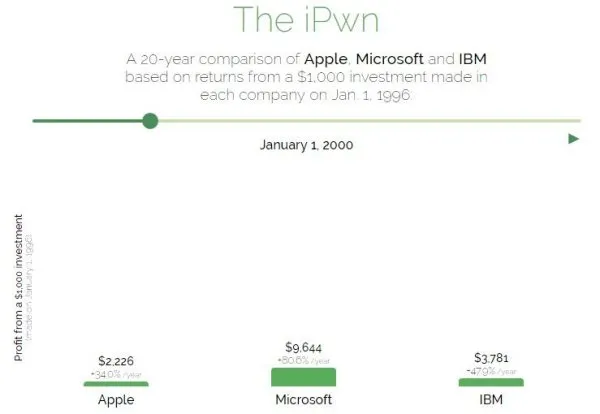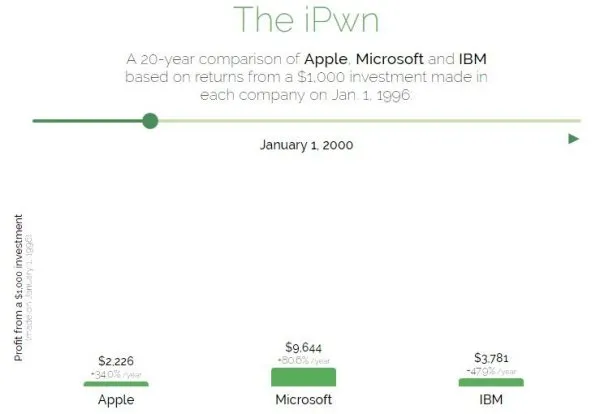How is Digital Transformation Driving Customer Experience?
Blog: ProcessMaker Blog
Commonly confused for user experience (UX), customer experience is the broader umbrella of improving a customer’s perception and interactions with a brand. Enhancing the customer experience has become paramount for many enterprises today seeking to exceed the expectations of their customers.
As the world has moved to digital delivery and experience, customers now expect personalized interactions with their favorite brands. The key to delivering a greater customer experience — something determining the entirety of a company’s long-term success among its customers — is digital transformation.
Brand loyalty is dead.
The consumer world has shifted from brand loyalty to making buying decisions based solely on the end user experience. For example, generations prior to today bought products and services based on tried-and-true methods. There was no mainstream Internet to display a wide variety of options with the click-of-a-button, and the advertising industry was still focusing on print and TV marketing. It was as simple as go into a store, buy a product, use that product, keep buying it, and thus turn into a loyal customer for life.
The digital evolution has caused disruption in every industry, sector, and geography. Banks, whose business models rely heavily on loyal customers, have had to constantly adapt strategy to rapidly evolving market conditions. The age of the average customer is much younger than before, and much more likely to leave one bank in favor of another. In fact, FICO reports that a Millennial is two to three times more likely to switch banks than people in other age groups. With Millennials making up 68 percent of the total market share for national banks, that’s enough for any industry to change course on its customer experience strategy.
Now that everything is digital and “being everywhere” is a must for this generation, the concept of staying loyal to one company is believed to be dead as embracing technology becomes the new way to survive market changes. This paradigm shift is monumental to the world of modern advertising, an industry that David Ogilvy arguably created and made mainstream.
The psychology of advertising is successful because advertising capitalizes on people’s feelings, traditionally putting influence and purchasing power in the hands of companies themselves. Today, print and TV advertising has given way to new methods of attracting customers; first digitally through the Internet, and now through mobile apps. The game of advertising hasn’t changed — just the medium. Social strategy has adapted to meet the new on-demand culture of today’s world. It’s not just digital transformation of a company’s actual products and services that contribute to its success. The most impactful driver of success in creating a memorable customer experience today is the digital transformation of these companies in their business models.

(Sourced from Visual Capitalist)
Digital transformation: The vehicle driving better Customer Experience
While people still buy based on how they feel — like earlier days of advertising prior to the boom of the Internet in the late 1990s — the pace of demand and our perception of time for services has changed. Today’s heavy tech user is 100% digitally literate, if not native in the case of the youngest generations. People are more concerned with having the best available option to them now and they want that option immediately, a standard often measured in how well a company interacts with that consumer (something heavily influenced by social media). Failure to meet customer demand in an on-demand world and brand perception suffers.
In the case of Apple, the company had one of the most wild success stories of its time. Visual Capitalist reminds us that although Microsoft had the lead in terms of market valuation in the early 2000s, the launch of the iPhone in 2006 would change everything moving forward. The iPhone came from the idea to deliver a better cell phone experience than ever seen before, a vision that would capitalize on the earlier work of the Mac and iPod to create the brand identity Apple consumers know and love today.
Even as Apple’s iPhone sales have decreased in recent years, its diligent commitment to deliver the best user experience possible allows the company to remain agile and competitive. To offset its declining interest in its products, the company shifted to focusing more on optimizing its services. Seeing major companies like Netflix and Amazon Prime dominate the streaming space, Apple revealed new pricing models for Apple TV that made the service more affordable for people. This is an example of how the company continually finds new ways to drive the digital in order to accomplish a greater customer experience strategy.
Today, customer experience is arguably Apple’s greatest strategy in keeping its customers coming back time and time again. By focusing on customer-centricity, companies like Apple that capitalize on digital transformation can expect to remain outweigh their competition.
The impact of social media
When Mark Zuckerberg invented Facebook, his goal was to build a social network that would connect people from all over, bringing them closer together. This snowballed into the platform we know today.
This level of hyper-connectivity has created a new set of expectations for the public. Whether Facebook intended to or not, the social media network has since capitalized on instant gratification. With the click of a button, people can be connected to one another in a heartbeat. This changes the perception of what is considered “fast” in a consumer’s eyes, as digital transformation has taken information previously deemed inaccessible to now instantaneous.
In an age where the average attention given to a website is less than 15 seconds, making the most out of time is critical for a business. Unlike in the earlier days of advertising where the purchasing power was dictated by the company, the buying power is now in the hands of the consumer. And entire industries have been disrupted for failing to meet these customer demands, such as the taxi or hotel industry with companies like Uber and Airbnb.
The benefits of investing in digital transformation
The concept of delivering the best possible experience to the customer is the heart of every business since business started; this is not new. What is new is using digital transformation as a means to achieve greater customer experience. Without adapting to customer needs in the mediums they prefer, a company loses business.
Despite this idea catching on, the vast majority of research indicates that companies are having significant failures to successful digital transformation. Resistance to change largely influences what McKinsey says is culture, an area where one-third of key decision-makers say digital transformation either succeeds or fails. According to Forbes, digital transformation change must come from the top.
For companies investing in digital transformation, they can expect the following benefits to their organization:
1. Money saved in the long-run. According to Enterprise CIO, “optimizing business technology and operations around digital technology means cost-per-transaction savings and increased sales.” A large sum may be required upfront, but the pay-off in money saved will be significant, as automation tends to improve the time associated with performing tasks.
2. Extension of current system value. Adopting comprehensive platforms like an intelligent workflow solution can extend the capabilities of your enterprise’s legacy systems. Multiple disparate systems can be connected on one platform, creating a seamless and connected experience that improves the processes between each system across the entire enterprise.
3. Competitive advantage in sectors. Digital transformation is the driver of an optimized customer experience. By continuing to prioritize innovation as a means to be more customer-centric, your enterprise will always be in touch with user needs. Being in touch with user needs vastly increases the likelihood that your enterprise will deliver solutions that actually solve customer problems, a major step up from competition that isn’t using digital transformation to their advantage.
4. Increased revenue and reach. A recent MIT report shows that digitally mature firms earn 26% more than their peers. Companies with greater digital maturity can expect to get greater return on their existing investments, along with remain ripe for actual innovation. Between embracing digital processes and digitization of actual offerings to customers, digital transformation leads to more profit and a wider impact of users.
5. Seamless customer experience. Digitization of channel delivery leads to a more integrated user experience. For example, account management that has been automated can extend from the branch experience to mobile apps and online banking. Digital transformation of this offering allows all channels to deliver a quick, efficient response across the board.
6. Improved company culture and brand perception. Digital transformation improves the way people work together through automation of business processes. Greater efficiency leads to a company culture accomplishing more and staying focused on productivity. When employees are happy and productive, the public notices. Stronger brand perception increases sales and credibility for a company.
A stronger, better enterprise
As Forrester says, “digital transformation is not just about technology; it is about reimagining your company.” Digital technology has changed the habits of consumers. Today’s buyer is digitally native, well-acquainted with apps, and increasingly more tech literate than elderly counterparts. Since today’s consumer wants everything right now, companies must embrace technology as a means to deliver on that new expectation. Digital transformation can eliminate inefficiency by improving operational processes, enabling companies to innovate and achieve long-term strategy goals.
Are you looking to optimize your customer experience strategy to better serve your customers? Learn more about how to digitally transform your enterprise with business process management (BPM) at www.processmaker.com.
About ProcessMaker:
ProcessMaker is low-code business process management and workflow software. ProcessMaker makes it easy for business analysts to collaborate with IT to automate complex business processes connecting people and existing company systems. Headquartered in Durham, North Carolina in the United States, ProcessMaker has a partner network spread across 35 countries on five continents. Hundreds of commercial customers, including many Fortune 100 companies, rely on ProcessMaker to digitally transform their core business processes, enabling faster decision making, improved compliance, and better performance.
The post How is Digital Transformation Driving Customer Experience? appeared first on Open Source Workflow & BPM Blog.
